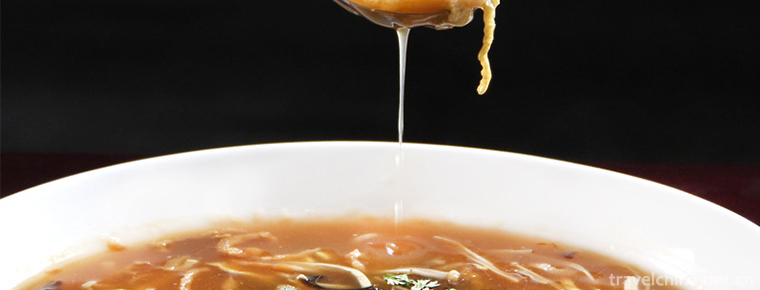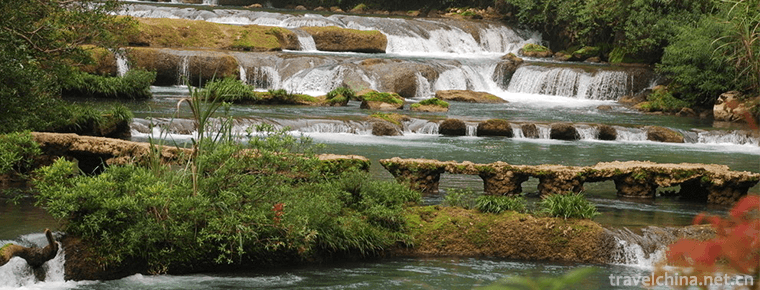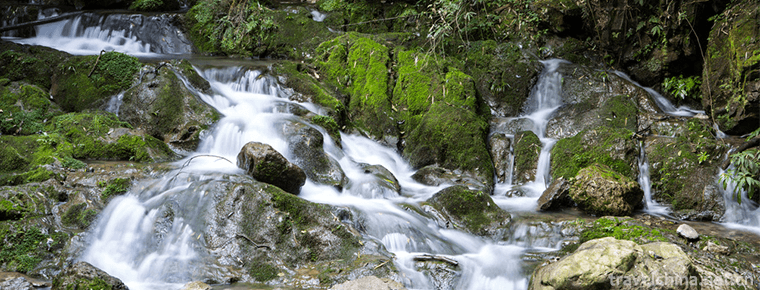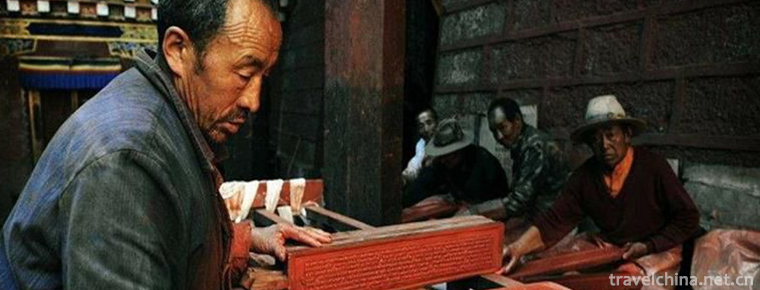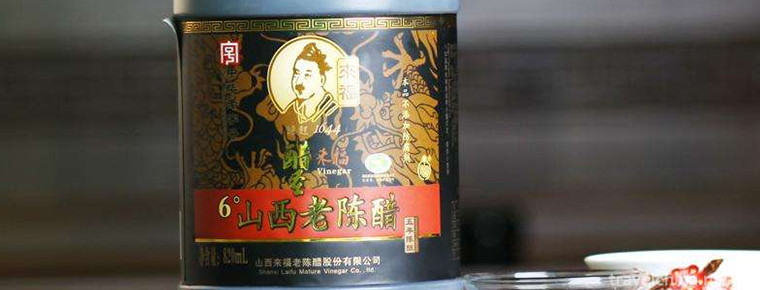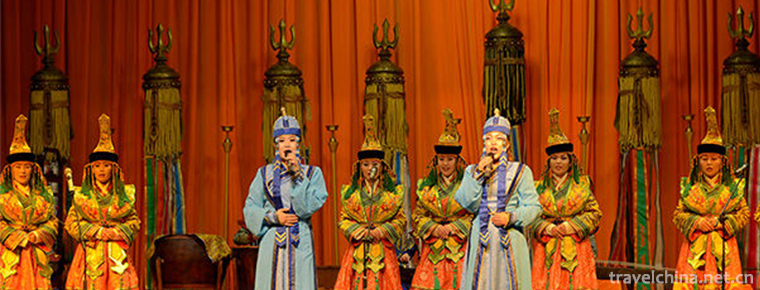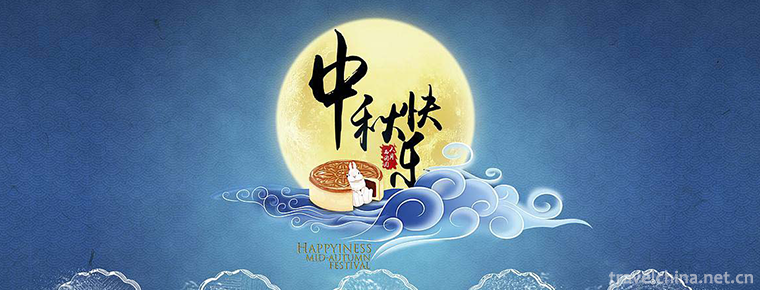Bullfight
Bullfight
Bull-wrestling is a traditional competitive sport of the Hui people. It means throwing, wrestling and throwing. It can also be called bullfighting of the Hui people. The Hui's bullfight is different from the Spanish bullfight. The Spanish bullfight needs to stab the bull with a sword. But the Hui people's cows, without any weapons, completely rely on personal courage and physical strength to throw the cattle down.
origin
The activity of cattle-feeding has been paid more attention in Hui inhabited areas, which is closely related to the Hui people's preference for beef and the frequent slaughter of cattle. Legend has it that a long time ago, there was a returning camp, living in nearly a thousand families, they have to slaughter hundreds of cattle every year during the Eid al-Adha. Every time the cattle were slaughtered, four or five strong young men took ropes and sticks and tied them together and fell. On one occasion, when a bull was tied up, a young man was injured by the bull. Soon he became "impermanent", and the villagers were very sad about it. On the second year of Eid al-Adha, there was a brave and intelligent young man, who was quick-sighted and did not need help. One man threw the cattle down with quick action. The villagers are full of praise and legends. Under his influence, every year to the Eid al-Adha, there are many shrewd young men to grab cattle one by one. Since then, cowling has become a traditional sports activity favored by the Hui people. Every year, the Eid al-Adha Festival specializes in performing.
rule
There are no strict rules for cow-rolling, mainly for the purpose of cattle-rolling in a certain period of time according to the strength and skills of each person. When the Hui people perform with cows, they are usually smart and flexible. When facing the big bull with sword-like antennae and thunderous jump, they step forward, grasp two horns with both hands, concentrate on them, and twist the head of the bull to one side. Then they immediately take the chin of the bull with their right shoulder and force the neck of the bull to another. The front feet of the bull kneel down immediately, and then press the neck of the bull forcefully through a series of twisting, carrying and pressing. The action brought down the bull and made it look up on all fours.
The rules are simple and the process is unique. The cowman's assistant first flirted with the cattle, causing them to run across the field. At this time, the Cowman appeared on the stage, facing the angry bull, the Cowman chose two hands to pull the horns of the bull, twist the head to one side, the cow struggled hard, the Cowman immediately held the head tightly, shouldered the chin of the cow, exerted all his strength, put his body on the neck of the cow, Newton lost balance, fell to the ground. This skill of twisting, carrying and pressing a cow is the main characteristic of a cow.
The state of cattle falling to the ground is divided into four grades according to the degree of technical difficulty.
Kneel on both knees (Level 4)
Abdominal landing (level 3)
Side to side (Level 2)
Four feet facing the sky (level 1)
The criteria for evaluating a cow depend on the skill of the Cowman and the different types of cattle falling to the ground. The types of cattle are single-arm, double-arm, shoulder, shoulder and so on.
On May 23, 2011, cows were listed in the third batch of national intangible cultural heritage list with the approval of the State Council.
Relevant
The Hui people's cows participated in the performance at the National Minority Sports Conference in 1982, and the audience applauded warmly. They were welcomed and praised by brothers and foreign Muslim friends.
cultural heritage
On May 18, 2010, the Ministry of Culture of China announced the third batch of national intangible cultural heritage list of recommended projects (new entries). Nanhu District, Jiaxing City, Zhejiang Province, declared the "cow" was included in the intangible cultural heritage of traditional sports, recreation and acrobatics.

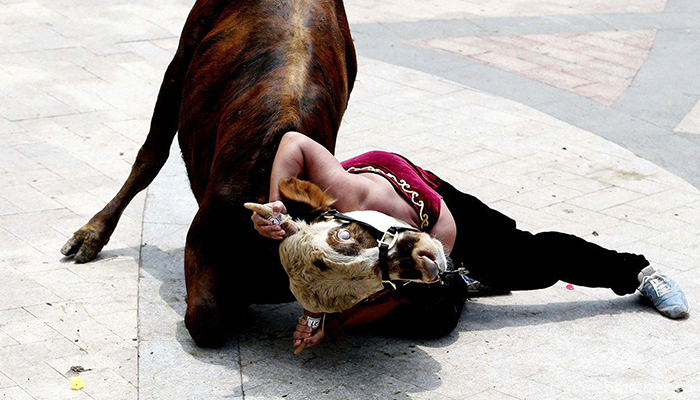
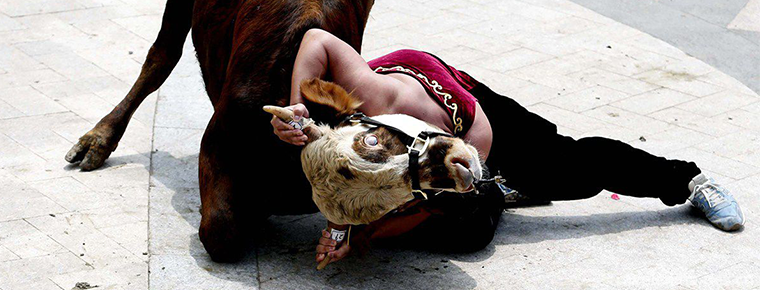
Bullfight
-
Free and unfettered hu hot soup
The authentic Xiaoyao Town Hu Hot Soup, produced in Xiaoyao Town, Xihua County, Zhoukou City, Henan Province, is a famous snack in China
Views: 314 Time 2018-11-26 -
Libo Zhangjiang Scenic Spot
Libo Zhangjiang Scenic Spot is located in Libo County, Buyi and Miao Autonomous Prefecture, Guizhou Province, with a total area of 118.8 square kilometers. It is composed of big and small Qikong sceni
Views: 204 Time 2018-12-12 -
Black Valley Scenic Area
Black Valley, National AAAAA Tourist Scenic Spot, National Forest Park, National Geopark, China's Best Leisure Mountain, China's Best Green Low Carbon Tourist Leisure Spot
Views: 121 Time 2019-01-13 -
Tibetan Engraving and Printing Skills of Dege School of Printing
Tibetan engraving and printing skills of Dege Printing Institute, local traditional handicraft skills of Dege County, Sichuan Province, and one of the national intangible cultural heritages.
Views: 221 Time 2019-04-26 -
Drama Costume and Opera Production Skills
Drama costume and costume production skills, local traditional handicraft in Suzhou City, Jiangsu Province, one of the national intangible cultural heritage.
Views: 153 Time 2019-05-08 -
Brewing Techniques of Old Vinegar
Qingxu old vinegar brewing skills, Shanxi Province Qingxu County local traditional skills, one of the national intangible cultural heritage.
Views: 144 Time 2019-05-11 -
Mongolian Khantin Music
The most important component of Mongolian traditional music is court music, which is Mongolian Khan music. Successfully selected into the fourth batch of national intangible cultural heritage list.
Views: 136 Time 2019-06-03 -
Production Techniques of Pu er Tea
Pu'er tea production technology, also known as tribute tea production technology, has been formed through thousands of years of practice. The basic procedures are as follows: sacrificing the God of te
Views: 126 Time 2019-06-09 -
Mid Autumn Festival
Mid-Autumn Festival, also known as Moon Eve, Autumn Festival, Mid-Autumn Festival, August Festival, August Meeting, Moon Pursuit Festival, Playing Moon Festival, Moonworship Festival, Daughter's Festi
Views: 143 Time 2019-08-03 -
Thanksgiving tower
Baoen tower is located in Baoen tower Cultural Square, Jiangyang District, Luzhou City, Sichuan Province, commonly known as Luzhou white tower. It is one of the cultural relics under key protection in Luzhou city. Its unique "white pagoda dawn" is one of the "Eight Sights of Luzhou".
Views: 151 Time 2020-10-15 -
Animal resources in Yibin
There are nearly 1000 species of vertebrate resources in Yibin City. Among them, there are 70 species of mammals in 23 families; 306 species of birds in 16 orders, 46 families; 34 species of reptiles in 2 orders, 9 families; 29 species of amphibians; and 151 spe
Views: 368 Time 2020-12-18 -
Animal resources in Guangan
There are 14 families, 30 species of mammals, 11 orders, 36 families, 115 species of birds, 19 species of reptiles and 10 species of frogs in Guang'an City. The national first-class protected birds include the Tragopan, which is mainly distributed in the forest area of H
Views: 154 Time 2020-12-19
